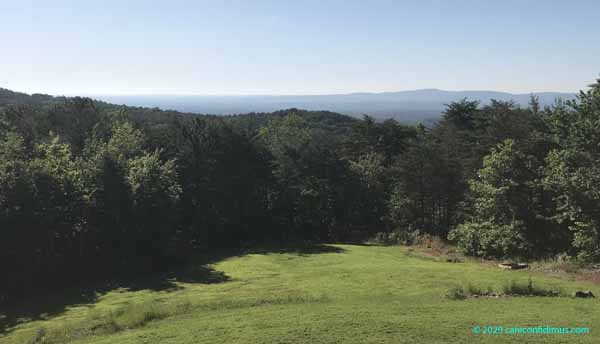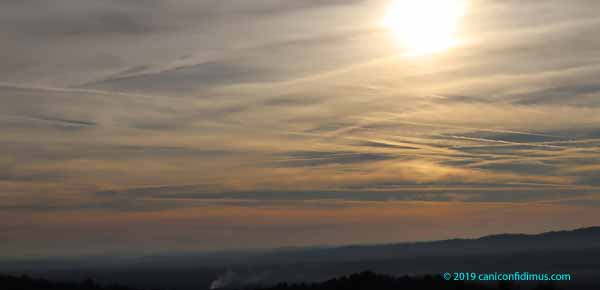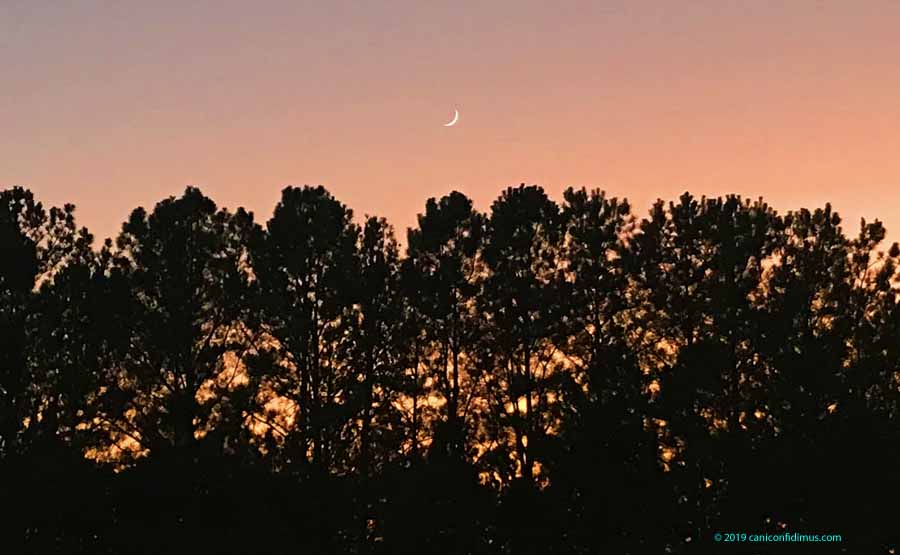As I drove home from the pharmacy Thursday afternoon I noticed for the first time that I could look out the windshield and see Oregon. Or at least smoke from things that had burned in Oregon.
The smoke plume from the Oregon wildfires has reached all the way to the east coast, including our little town of Rome. This is a normal view from our front porch.
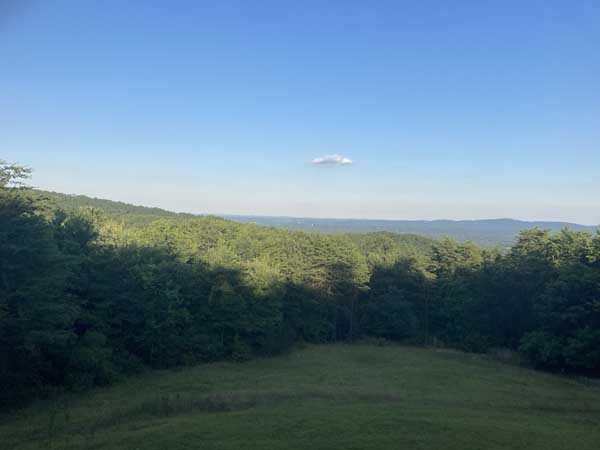
This is the view Thursday afternoon.

The ridge in the distance in the first image is barely visible in the smokey image.
It’s not as noticeable in the photo as it is in real life. The smoke is thick enough that there is a distinct grayish haze in the narrow valleys on the mountain.
The US government has a web site that shows the smoke plume. The location of air quality measurement sites makes the image a little hard to see, but this is a segment of the Southeast.
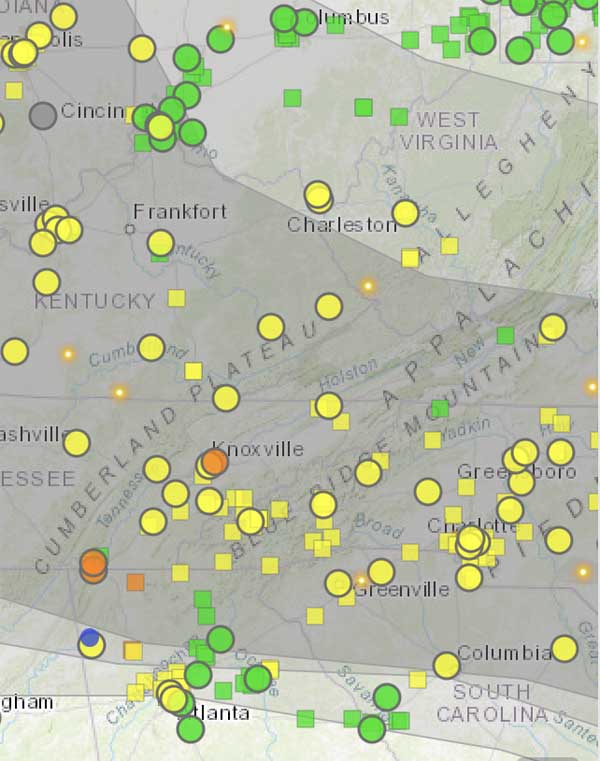
The blue dot in the lower left corner is our location on the mountain outside Rome. We are just outside the heaviest part of the plume. The network news said there might be a hint of the odor of smoke, but I couldn’t detect anything.
I mentioned that I was on my way home from the pharmacy. I had been to the pharmacy to pick up some prescriptions for Leah, who is finally home after her surgery. We reported as ordered to the hospital at 7 am Monday. She didn’t make it up to her room until about 5:30 that afternoon, mainly because of lack of rooms. The surgery itself lasted a couple of hours.
When the surgeon talked to us before the surgery, he said that an MRI taken the week before showed small fractures in her hip near the lumbar region. He said the fractures were the result of osteopenia, the early stages of bone density loss that can lead to osteoporosis. I suspect that the fractures were caused by her two falls when she landed hard on her rear end. I think they added to the pain she has felt for some time.
She spent the next three nights in her hospital bed, and I did something somewhat similar to sleeping in the recliner beside that bed. On the whole, she was probably more uncomfortable than me. She was in a lot of pain from the surgery, but I think at least some of the nerve pain in her legs has been lessened. She has been on pain relievers for the nerve pain so long that she has developed a tolerance for those pain medications. That makes it that much harder to get relief.
She seemed better Thursday, and said she actually felt better. But she was still hurting enough that she went to bed early Thursday night. I am hoping the pain continues to lessen and she starts feeling better. Life has been hard for her the last few months.

